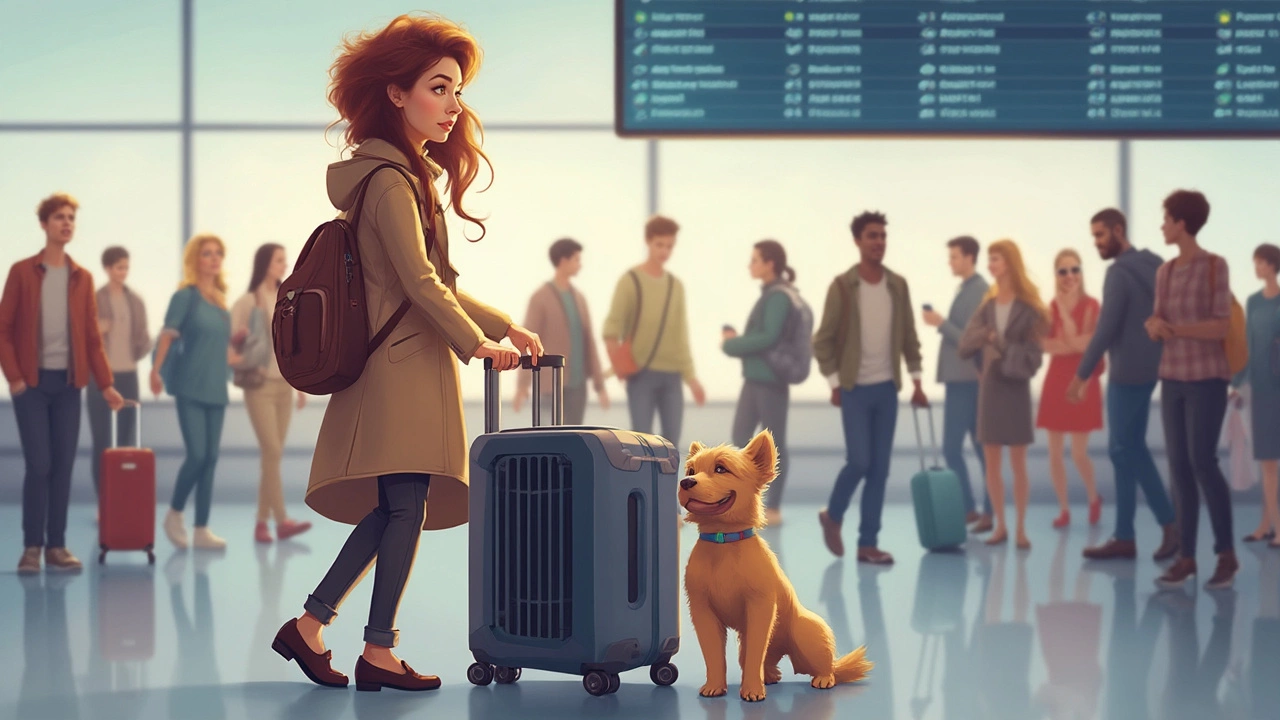TSA Guidelines for Traveling with Pets
Flying with a dog or cat can feel like a big hurdle, but the TSA rules are actually pretty straightforward. Knowing what to expect at the checkpoint saves time, cuts stress, and lets you focus on enjoying the trip with your furry companion.
What the TSA Actually Checks
When you get to security, the TSA agent will ask you to remove your pet from its carrier. The carrier itself goes through the X‑ray machine, while you and your pet walk through the metal detector. If your pet sets off the alarm, the agent may do a quick visual pat‑down – no full‑body scan for animals.
Key things to have ready:
- Proof of vaccination – most airlines ask for this anyway, and TSA may glance at it.
- A current health certificate if you’re traveling internationally.
- The pet’s name tag and a photo, just in case.
All of these documents can be kept in a small folder attached to the carrier handle. That way you don’t scramble at the last minute.
Tips to Breeze Through Security
1. Choose the right carrier. It must be sturdy, well‑ventilated, and fit under the X‑ray belt. Soft‑sided carriers are easier to pull out, but make sure they’re not too floppy – the agent should be able to hold it steady.
2. Practice a quick walk‑out. A day before your flight, open the carrier, let your pet step out, and walk a few steps while you hold the carrier. This mimics the security routine and helps your pet stay calm.
3. Keep treats handy. A small snack right after the pat‑down works like a positive reward. It tells your pet the checkpoint is just another short stop.
4. Arrive early. Give yourself at least 45 minutes extra for pet travel. That buffer lets you handle any unexpected questions without rushing.
5. Dress your pet in a light shirt. If your dog has long fur that can set off the detector, a simple shirt reduces static and helps the agent see the animal clearly.
Remember, TSA agents are used to pets. Stay calm, follow their cues, and they’ll guide you through quickly.
Once you’ve cleared security, you’ll head to the gate. Keep the carrier closed until you board the plane – most airlines require the pet to stay in the carrier for the entire flight. Have a water bottle ready, but avoid giving too much right before take‑off to prevent spills.
By mastering these guidelines, you turn a potentially scary process into a routine step. Your pet stays safe, the TSA staff stays efficient, and you get to enjoy the journey with less hassle. Happy travels!
Posted By Bryndle Redding On 11 Feb 2025 Comments (0)
TSA Approved Dog Carrier Sizes: What You Need to Know
Traveling with your pet can be a breeze if you choose the right dog carrier that meets TSA regulations. This guide explains which sizes are approved by TSA and provides practical tips for selecting the perfect carrier for your dog. Learn about carrier dimensions, comfort features, and important safety considerations to ensure a smooth journey. Discover helpful insights into preparing your pet for travel, making your trip pleasant and hassle-free.
READ MORE